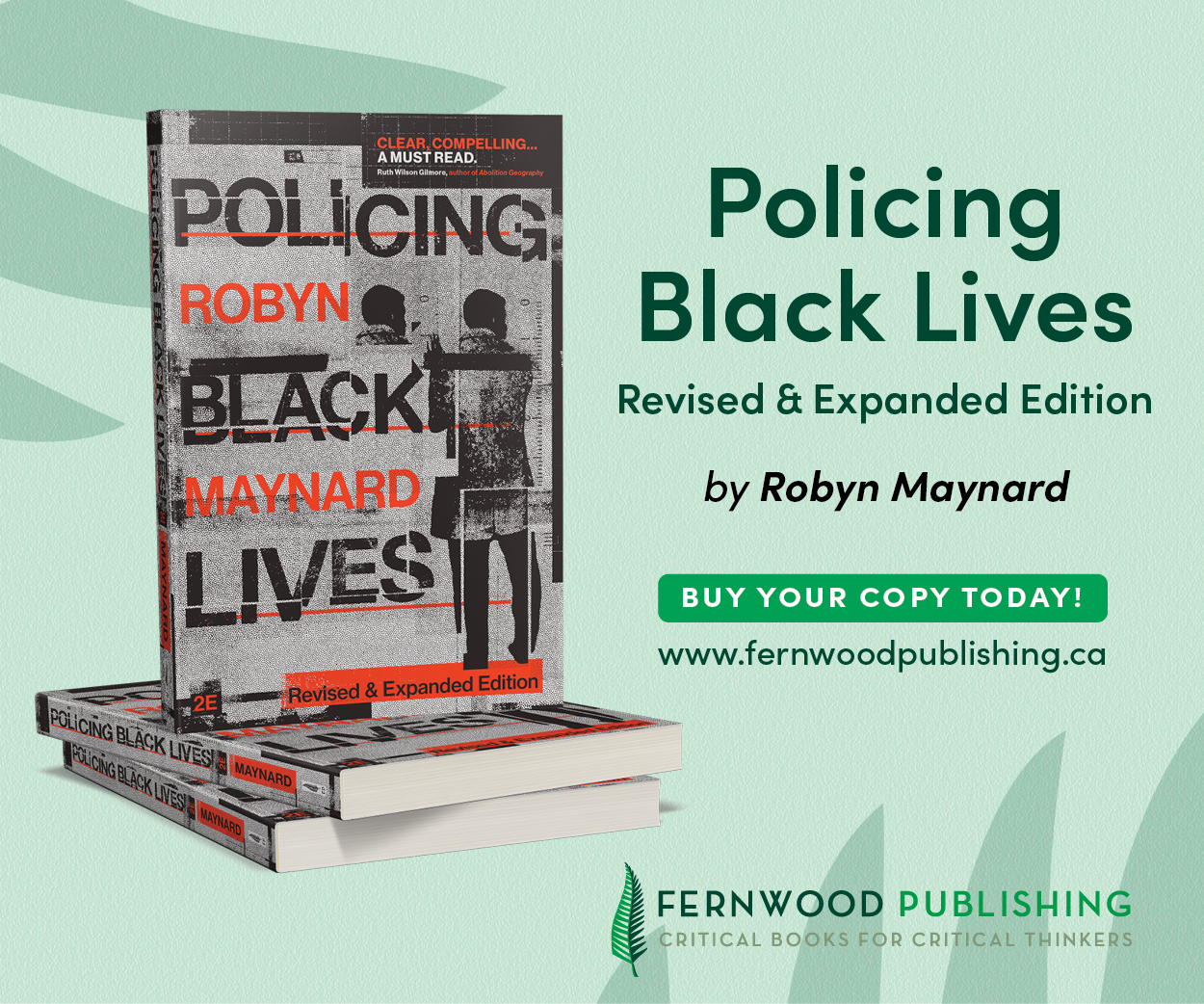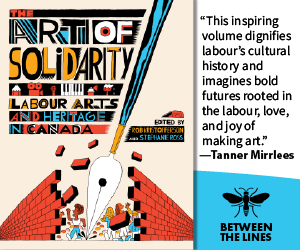Close to Addiction
Professional and Personal Struggles of a Downtown Eastside Doctor
Walking with Dr. Gabor Maté through Vancouver’s Downtown Eastside is like being on the arm of the Pope. He knows everyone, and stops, again and again, to chat and check-up on patients and area residents he’s come to know over the past decade.
Stepping onto Carrall Street, minutes from his medical clinic, Maté bends down to greet one of his patients, a former nurse named Mary. She sits huddled atop a thin, grey blanket on a urine-soaked sidewalk. Last week, she fled from a nearby drug-treatment facility. It was her sixth attempt to get clean. Oblivious to the cars flying past, Maté urges her to give detox another shot. He knows she may never succeed; but, he says, “every time she enters treatment, she stays a bit longer.” Down here, that passes for victory.
Treating this population, he says, is like doing palliative work with the terminally ill. “We do not expect to cure anyone.”
“No Chimera of Redemption”
Maté, 64, is the staff physician at Vancouver’s Portland Hotel, a non-profit facility that provides housing and care for some of the country’s most marginalized citizens. He spends his days at the Portland’s concrete, Hastings Street compound – designed by famed, local architect Arthur Erickson – but his patient rounds include the grim maze of streets and back alleys that surround it.
For Maté, there is no “chimera of redemption,” only an unsentimental recognition of real needs in the dingy present. From the window of his small office, he can hear the endless scream of sirens below; from here, he watches the “crack-driven improvisational ballet” known locally as the “Hastings shuffle.” Once, he even saw a young woman perform the bizarre, spastic dance on the narrow edge of a neon sign, two stories above Hastings Street. Bedbugs cling to his patients’ pants; cockroaches occasionally drop from shaken skirts and scurry for cover under his desk. “I like having one or two mice around,” a patient once told him. “They eat the cockroaches and bedbugs. But I can’t stand a whole nest of them in my mattress.” Sometimes, Maté admits he “can’t believe his life.”
In his gripping new book, In the Realm of Hungry Ghosts: Close Encounters with Addiction, Maté explores the roots of addiction, and the best ways to treat it. Drawing on roughly 400 recent studies on drug addiction, psychology and remarkable new research on brain biochemistry, he also weaves the wrenching stories of the people he treats, the “hungry ghosts” of the book’s title. It is part memoir, part science and part battle cry. Maté, who believes in the decriminalization of all drugs, advocates for needle exchanges and controversial facilities, like Insite, North America’s first supervised injection site. Facing closure in June by Stephen Harper’s Conservative government, Insite focuses on reducing harm to addicts rather than warring against them – a fight Maté believes futile.
Abused Brain, Addicted Brain
Indeed, whether his patients actually “choose” to remain addicts – a core assumption of the War on Drugs – is more complicated than its proponents profess, he says. “Did [the addict] choose to be raped from the age of three on, until she ran away at age eleven? Did she, at age eleven or twelve, when she first did morphine or cocaine, choose to feel the tremendous relief that, for the first time, this chemical from the outside has given her? At what point did she choose to be an addict? And how much choice does she have now, twenty years later, with a brain that has been affected by the drug?” Maté argues that his patients have turned to drugs and alcohol to right an “imbalance” in the brain’s chemistry that often stems from childhood trauma. Because abuse or abandonment occurred at a young age – as the addict’s brain was rapidly developing – its circuitry craves soothing from the outside, since its own reward systems were then broken down. This may sound far-fetched – but Maté, who quotes from an extensive literature linking addiction to early trauma, says his causal theory isn’t really controversial, adding that the brain scans of women who have been abused look different than those who were not. Slowly, he says, a consciousness of this research is penetrating the addiction-treatment community (although it’s not taught in medical schools).
Understanding Suffering
Small and lean, Maté speaks at a machine-gun clip, bouncing from science to spirituality to his own life story. He was a “ghetto baby,” born in 1944 in Budapest, just weeks ahead of the Nazi occupation of Hungary. When he was five months old, his grandparents were killed at Auschwitz. For the first year of his life, Maté’s mother was “anxious and depressed and stressed to the extreme.” Though his family later settled in Vancouver, his early experience of the Holocaust gave him insight into undeserved suffering: “why people, through no fault of their own, can experience extreme suffering.” That has remained with him all his life. “In the Downtown Eastside, out of hundreds of women patients that I’ve interviewed and talked with, I have not met one who wasn’t sexually abused as a child,” he says.
True, not all addictions are sparked by abuse, he admits; some – to sex, shopping and exercise – are driven by stress. These compulsions, however, are most common in those who, as children, lacked attuned parenting, and more readily become addicted to T.V. or self-soothing behaviours like eating.
“A Continuum of Addicted Behaviours”
Indeed, he says, his patients – “the most hard-core of hard-core addicts” – are only the “most extreme” in a continuum of addicted behaviours that permeate the culture, “from the honoured workaholic at the apex of society to the impoverished and criminalized crack fiend who haunts skid row.” He, too, is part of that continuum.
Maté is not addicted to heroin, but to classical music, though he is careful not to equate the two. (His addiction, he says, wears “dainty white gloves,” compared to theirs.) Still, in his patients, he recognizes himself: “The same emptiness, the hunger that’s in their eyes, I’ve seen in myself.” It’s not the music, per se, but the need to acquire the next piece of music – right now. “Not tomorrow, not this weekend, but this very second.” He writes frankly of $8,000 splurges, furtive lies to Rae, his wife of 39 years – an artist and children’s-book illustrator – and, once, abandoning a patient in mid-labour, so he could dash across the bridge in busy traffic to Sikora’s, a local music store. (That woman later delivered her baby without him.)
The father of three is the first to admit that he is no saint. As house doctor for Vancouver’s Downtown Eastside, he is earning the same amount of money as when he owned a private, family practice on the city’s tony west side. He can be arrogant. He likes attention. Sometimes, he feels deeply frustrated – “full of disapproval and judgment” – for his patients, who have allowed infections to spread deep into their hips and lungs because they were so focused on their next hit of cocaine, heroin, or crystal meth.
On average, they will die in their early forties. Maté has a single patient over sixty.
Here, the urge to escape exacts an appalling toll.
This article appeared in the September/October 2008 issue of Canadian Dimension (Canadian Students).








